The high-precision slitting technology of the barcode ribbon slitting machine is the core link to ensure the quality of the ribbon (thermal transfer ribbon), especially in the fields of barcode printing and label manufacturing, which requires extremely high slitting accuracy. The following is analyzed from three dimensions: technical principles, core advantages and application value:
First, the core principle of high-precision slitting technology
1. Tension control system
◦ Servo motor + closed-loop tension sensor is used to dynamically adjust the unwinding/rewinding tension in real time (the accuracy can reach ±0.1N) to avoid tensile deformation or wrinkles of the material.
◦ Segmented tension control (e.g., taper tension algorithm) adapts to the needs of different slitting stages.
2. Web Guiding System (EPC)
◦ Photoelectric or ultrasonic sensors detect the edge position of the material, and automatically correct the deviation (accuracy ±0.1mm) through the transverse adjustment roller to ensure the straightness of slitting.
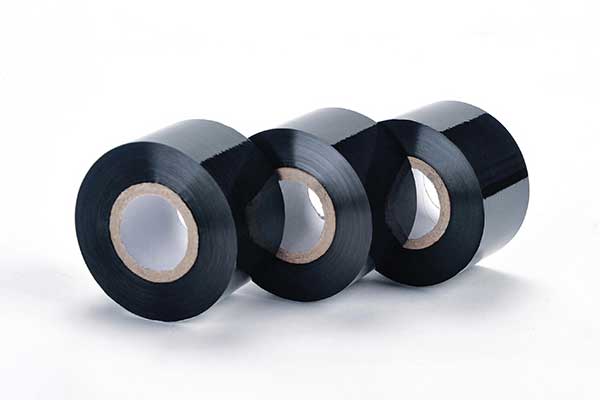
3. Cutting system
◦ Round knife slitting: Cemented carbide tools (such as tungsten steel) with pneumatic pressure control, the cut is smooth and burr-free.
◦ Laser slitting (high-end model): non-contact cutting, suitable for ultra-thin ribbons (such as 1.0μm thickness), no mechanical stress.
4. Intelligent control system
◦ PLC+ HMI preset parameters (width, speed, tension), and some models support AI algorithms to optimize the slitting path.
Second, analysis of core advantages
1. Slitting accuracy
◦ The width tolerance can be controlled within ±0.05mm, which meets the strict requirements of high-end labels (such as electronic component identification).
◦ Edge quality up to Ra≤0.2μm reduces printhead wear.
2. Material utilization
◦ By optimizing the nesting algorithm, the width of the waste edge can be reduced to less than 1 mm, and the material loss rate can be < 0.5%.
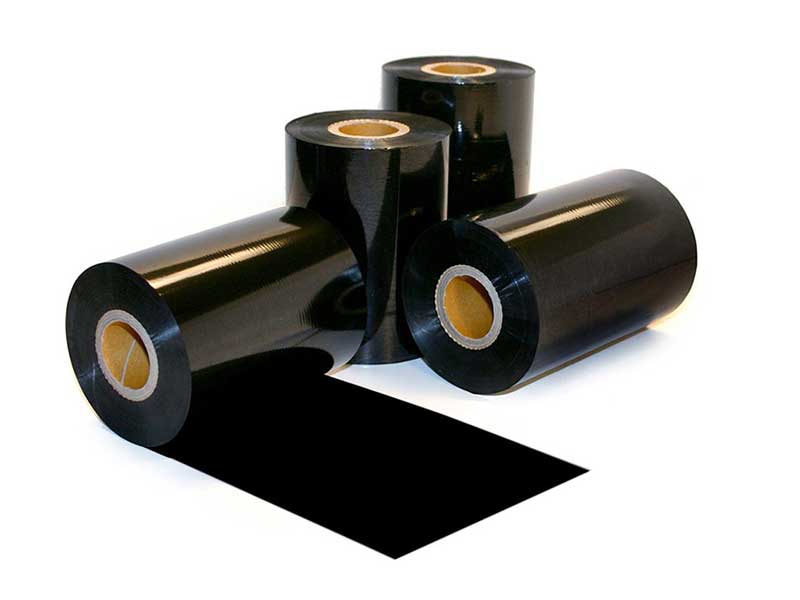
3. Production efficiency
◦ High-speed slitting (Max 300m/min) with automatic taping technology for continuous production (24/7 mode).
4. Adaptability
◦ Handles a wide range of ribbon types: wax-based, hybrid, resin-based, and even PET/film composites.
◦ Support narrow (3mm) to wide (1500mm) slitting, suitable for different printer specifications.
5. Stability
◦ Vibration suppression technology (e.g., active shock absorber) ensures a < 0.01mm spindle runout at high speeds.
Third, the application value embodiment
1. Print quality improvement
◦ Precise ribbon width matches the printhead to avoid edge spills or blank defects, improving barcode readability (e.g., ISO 15416 Class A).
2. Cost control
◦ Reduce the problems of ribbon fracture and printhead pollution caused by poor slitting, and reduce the comprehensive operation and maintenance cost by more than 30%.
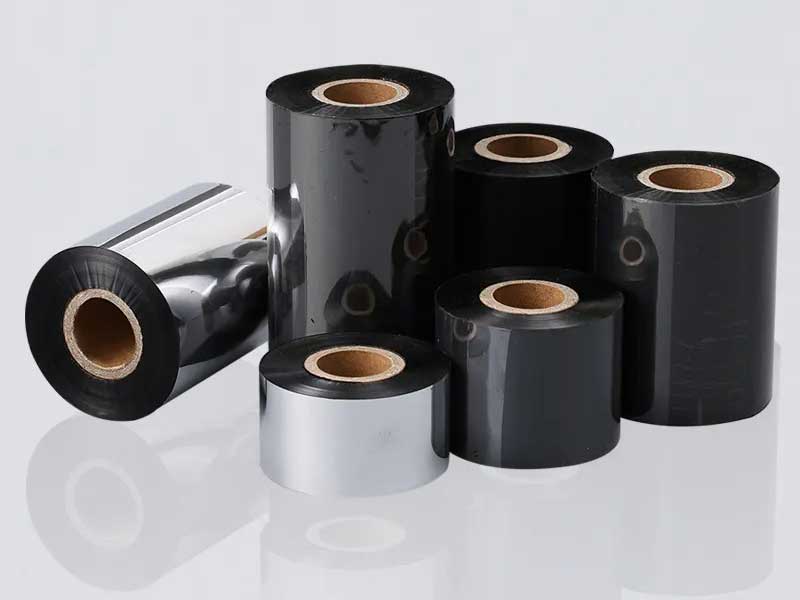
3. Customization capabilities
◦ Quickly switch slitting specifications (such as small batch and multi-variety orders), support special processes such as RFID inlay slitting.
4. Industry Compliance
◦ Comply with UL, CE and other safety certifications, and meet the high standards of medical, automotive and other industries for label traceability.
Fourth, the trend of technological development
• Intelligent: integrated machine vision online inspection (such as defect identification) + Internet of Things (remote monitoring).
• Green manufacturing: low-energy design + ink-free process (such as UV curing ribbon slitting).
• Ultra-precision machining: nano-level coated tool + air bearing spindle, breakthrough to ± 0.01mm accuracy.
High-precision slitting technology has become a key competitive barrier in ribbon manufacturing, which directly determines the printing performance and reliability of the end product. When selecting equipment, it is necessary to comprehensively consider the material characteristics, production scale and technology scalability.
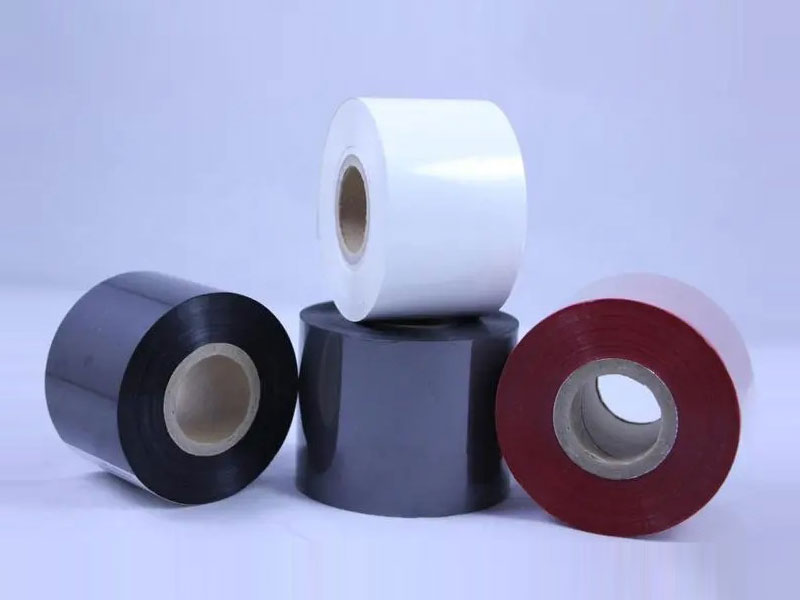 Cost reduction and efficiency improvement: how ribbon slitting machine reshapes the value of the barcode label industry chain
Cost reduction and efficiency improvement: how ribbon slitting machine reshapes the value of the barcode label industry chain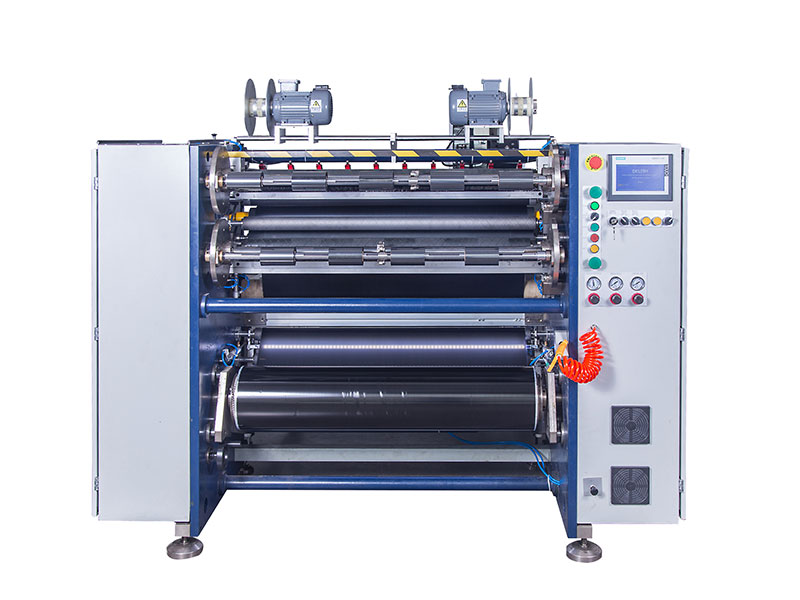 Say goodbye to waste and errors: the practice of modern ribbon slitting machines in the barcode ribbon industry to reduce costs and increase efficiency
Say goodbye to waste and errors: the practice of modern ribbon slitting machines in the barcode ribbon industry to reduce costs and increase efficiency Why does ribbon slitting quality directly affect the barcode printing effect?
Why does ribbon slitting quality directly affect the barcode printing effect? Quick-change design: a strategy to reduce downtime for barcode ribbon slitters
Quick-change design: a strategy to reduce downtime for barcode ribbon slitters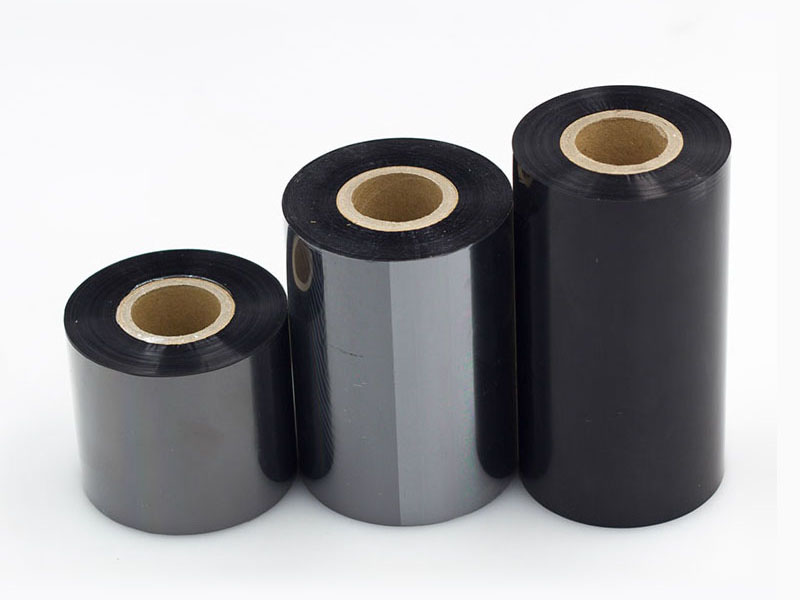 Reducing Waste: How Can Barcode Ribbon Slitting Machine Help Enterprises Save Costs?
Reducing Waste: How Can Barcode Ribbon Slitting Machine Help Enterprises Save Costs?